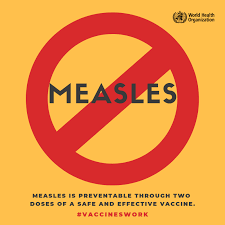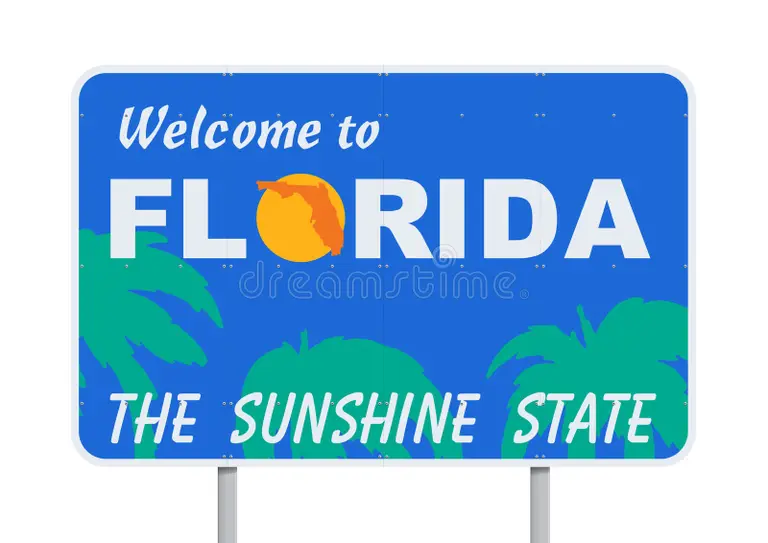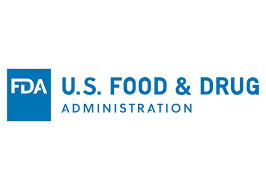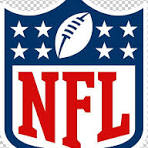The U.S. Food and Drug Administration (FDA) has officially banned Red Dye No. 3 in food products across the country. This artificial dye, used to give a bright red color to candy, cake, cookies, frosting, and more, has been linked to cancer in lab animals.
Studies have shown that male rats developed cancer when exposed to large amounts of Red Dye No. 3. Although there’s no clear proof that humans would react the same way, the FDA made its decision based on safety concerns.
This ban is based on a rule called the Delaney Clause, which became law in 1960. The Delaney Clause states that the FDA cannot approve any food or color additive if it’s been shown to cause cancer in people or animals. This isn’t the first time the FDA has acted on this rule—back in 2018, the agency also removed some synthetic flavors due to cancer risks.
Red Dye No. 3 is a synthetic (man-made) dye. Although it’s not the most commonly used food coloring, it still appears in many everyday products. Now that the ban is in place, companies have until January 15, 2027, to remove Red Dye No. 3 from food products. Medicines that contain the dye have a little more time—until January 18, 2028—to make changes. The dye is still allowed in other countries, but products containing it can no longer be sold in the U.S.
To help companies find safe alternatives, the FDA will allow four new natural dyes. They are also teaming up with the National Institutes of Health to study how food additives may affect children’s health.
This move shows the FDA’s growing focus on public health and safety. While Red Dye No. 3 has been part of colorful foods for decades, this decision marks an important step toward better regulation of what we eat.



















